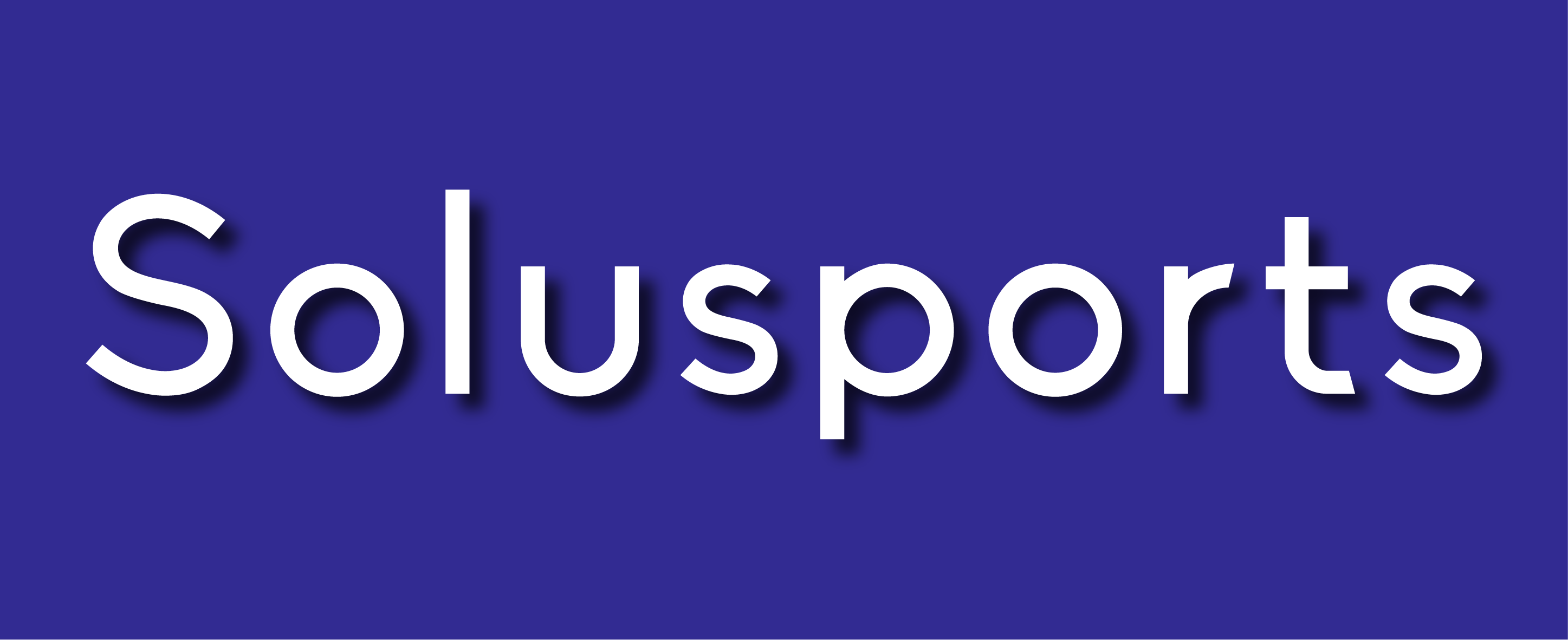Achilles Tendon Injuries: Prevention, Recovery and Functional Support
The Achilles tendon, the strongest in the human body, connects the calf muscles to the heel bone and enables everyday movements such as walking, running or jumping. However, it is also one of the most injury-prone tendons in athletes. Each year, thousands of people—both professional and amateur—suffer from Achilles-related injuries.
Types of Achilles Tendon Injuries
Achilles Tendonitis
An acute inflammation of the tendon, usually caused by overuse, poor technique, or a sudden increase in physical activity.
Achilles Tendinosis
A chronic injury to the tendon tissue, resulting from repeated microtrauma without sufficient recovery time.
Achilles Tendon Rupture
A severe injury that often requires surgical intervention. It commonly occurs during explosive efforts (e.g., jumping or sudden acceleration).
Common Symptoms
-
Pain at the back of the ankle, especially at the start of movement.
-
Morning stiffness or after long periods of inactivity.
-
Swelling and tenderness to the touch.
-
A sense of weakness or reduced push-off while walking or running.
Injury Prevention
Avoiding an Achilles tendon injury is possible by following a few key recommendations:
-
Perform specific warm-ups and stretches for the posterior leg muscles.
-
Increase training load in a gradual and progressive manner.
-
Incorporate strengthening exercises for the calf and foot muscles.
-
Wear appropriate footwear and avoid uneven surfaces.
-
Listen to your body and rest when needed.
Functional Support in Prevention and Recovery
During the recovery process—or to help prevent recurrences—functional support devices can be very effective.
One such solution is the Floky Smash 2.0 sock, designed with biomechanical technology that acts as an active support for the Achilles tendon. This sock offers a combination of stabilization, offloading, and movement guidance, which can help reduce injury risk or speed up the rehabilitation process.
It is not a substitute for physiotherapy or medical monitoring, but it represents an innovative solution for active individuals.
Conclusion
Achilles tendon health is essential for any athlete. Building good prevention habits, practicing the right exercises, and relying on functional support are fundamental to avoiding injuries and returning to activity safely.
At Solusports, we are committed to supporting your movement with specialized solutions for every stage of the process.

